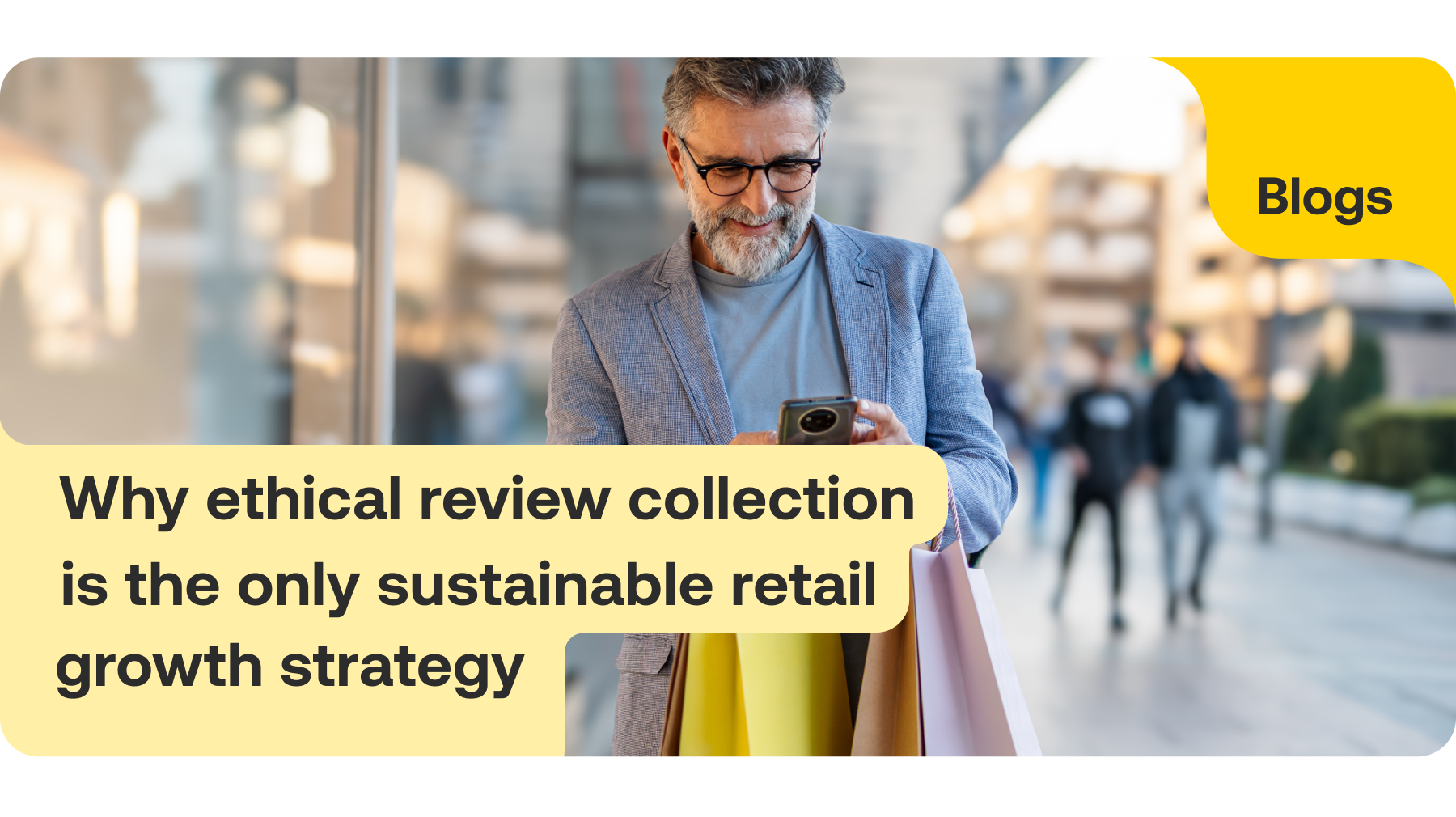You may have heard the term 'verified review'. But where does that come from, what does it mean, and why is it important?
By their nature, verified reviews are from actual buyers. Shoppers leave them to help others know whether to spend their money on a product or service or to let a company know what they think. Unverified reviews, on the other hand, can come from anyone. They may be fake and designed to mislead. Something the DMCC Act is tackling. They may have been posted to get people to trust and use a company/brand. That’s why it’s important to know if a review is verified or unverified.
- A verified review is written by someone who’s had a proven experience with the company or product they’re reviewing.
- An unverified review comes from someone who may have had an experience with a company or product. But they haven’t, can’t, or won’t prove it.
Which would you trust the most?
The answer is more subjective than you might think. While with unverified reviews you don’t know if someone has actually tried a product or service - their opinion may be relevant... or they may be trying persuade you to trust them through their well-written, but false, rhetoric.
Verified reviews come from verified customers. So if you’re reading a review on an invite-only platform, like ours - where only real customers can post their views - you know it’s a 100% verified review. However, if you’re looking at an open-review site such as Trustpilot, where anyone can say what they want, you can’t be certain it’s really true.
With 96% of people reading or using reviews in some way (Source: Feefo Consumer Report 2024) it’s important to know the pluses and minuses of invite-only, verified review sites and open, unverified review platforms. So, let’s look a little deeper into some of the significant differences between them.
Fake reviews
With invite-only platforms, no one can leave fake reviews. They’ll give you their honest opinions though. Open-review platforms, however, are much easier to leave untrue opinions on. This means a business could have its reputation damaged easily by someone leaving a fake review – see our Where do fake reviews come from? blog to find out who leaves fake reviews and why. Having fake reviews about your business removed can take a lot of time and hard work too.
Trust
If you’re a business, you know you can trust and act on the insights you get on invite-only platforms. And it’s worth noting that 50% of consumers are more likely to trust a brand if reviews are authenticated by a company like Feefo (Source: YouGov 2023). The opposite is true for open-review sites.
Number of reviews
Open platforms will often have a greater number of reviews on them compared to invite-only review sites. Whether this is a positive is up to you, both as a consumer and business owner. Doubt over certainty? Quantity over quality? Too many short, primarily star-based ratings and reviews can mask both positive and negative themes.
If you're on the business side of things, you should check out our masterclass on how to collect feedback that matters.
Getting extra feedback
If you’ve invited someone to let you know what they think of you, they're likely to be more receptive to a follow up asking further questions in greater detail. Perhaps what encouraged them to leave the review they did, or if they have any suggestions for product or service improvement. On open platforms this can be a lot more difficult or even impossible.
Invite-only reviews are easier for customers
With invite-only review sites, there are fewer barriers to leaving feedback. Customers don’t have to go to the bother of creating a profile or logging into an account. All they have to do is put their thoughts down and press ‘Send’.
Not every unverified review on open sites is a fake. Some of these sites now include ways people can show they’ve based their reviews on real experiences. For example, submitting proof of their purchase or user-generated content. And with the DMCC act preventing the misdirecting of consumers, we're heading into a greater, more useful future for reviews. One that Feefo have been championing since inception.



